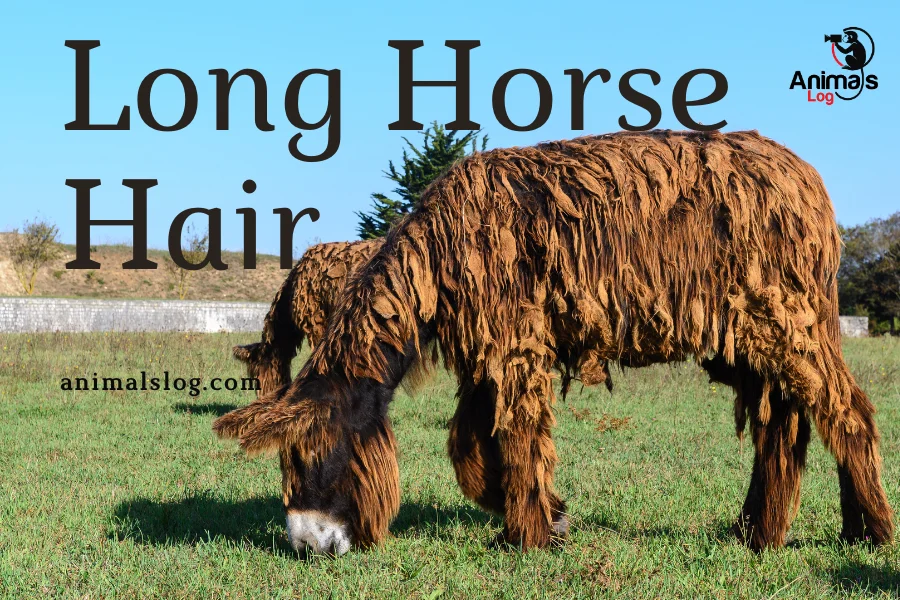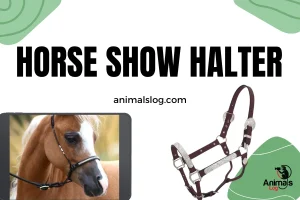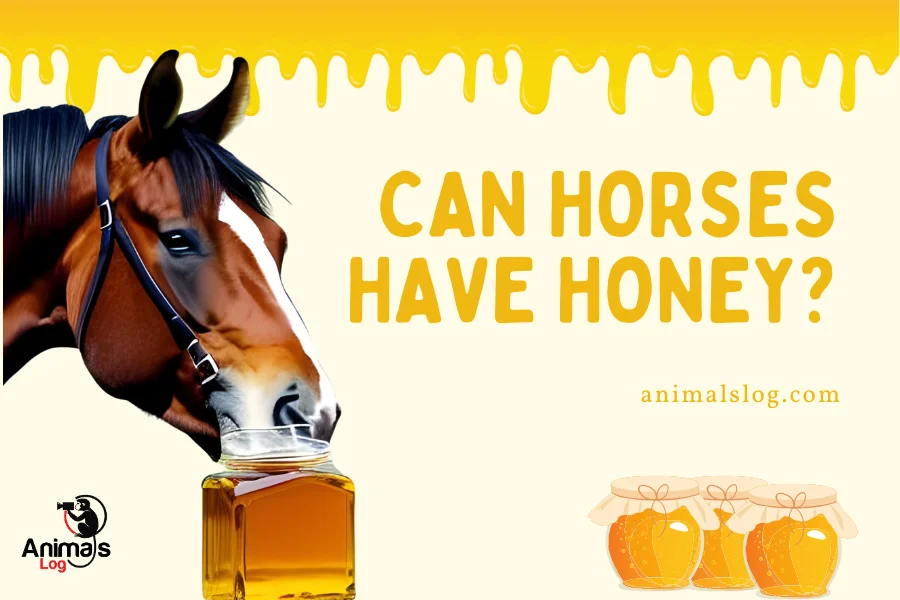Fathoming a horse with long horse hair? Well, you have found the right place! In today’s post, we will highlight all the key factors relating to long horse hair and how to take care of it. From grooming to a detailed diet, there are many factors that contribute to long horse hair. Let us find out!
How Long Does Horse Hair Grow?
Before moving to how to ensure long horse hair on your horses, let us first find out the maximum length up to which horse hairs can grow. It must be noted that the length of horse hair varies among different breeds of horses and other factors, including diet, surrounding environment, and general grooming.
As stated earlier, in accordance with the type of breed and unique traits of the horse, the maximum length of horse hair might change. Typically, if a horse’s hair is not clipped or trimmed for a number of years, it can grow up to several feet long. The hair on a horse’s mane and tail often grows longer than the hair on the body.
How Long Does It Take For Horse Hair To Grow?

Horsehair can develop at different rates based on a variety of variables, including breed, age, diet, and genetics. Horsehair typically grows at a rate of around half an inch each month, which translates to a maximum annual growth of six inches. Some horses, though, could grow their hair at a slower or faster rate.
It is significant to remember that not all horse hair develops equally quickly. Because mane and tail hair typically grow more slowly than body hair, they are frequently preserved longer for visual reasons. The surroundings, grooming techniques, and overall well-being are other elements that can affect a horse’s hair length.
For horses to maintain hair development, they need to eat a nutritious diet full of protein and other critical minerals. A good diet can help preserve a glowing complexion, which is crucial for hair follicle activity, as well as the components needed for hair growth. Regular maintenance, such as shampooing and shaping, can also encourage healthy hair development and guard against hair damage.
Depending on the desired length and the present length of the hair, the amount of time that it requires for horse hair to develop might differ. For instance, it could need several months for a horse’s mane or tail to grow back after being severely clipped. Due to genetics or injury to the hair follicles, it may not always be able to grow hair to the desired length.
How To Take Care Of Long Horse Hair?

Protecting long horse hair from weather and environmental damage is of utmost importance. Here lies the secret recipe to ensure that your horse’s long horse hair stays the same for years to come. Make sure to keep in mind the pointers given below, and watch your horse with its long horse hair striding in your barn. Here are some horse hair care tips for long manes and tails.
Grooming
Horsehair maintenance requires regular grooming to keep it healthy and lustrous. Regular grooming aids in removing tangles, debris, and grime that could harm the hair. The most crucial aspect of grooming is routine hair brushing. In order to prevent pulling or breaking the hair, use a soft-bristled brush.
Work your way down to the ends of the mane or tail, beginning at the top. Natural oils can keep the hair healthy and lustrous by being distributed during brushing. Be sure to use the best detangling products for long horse hair, like Mane ‘n Tail Detangler, Cowboy Magic Detangler and Shine, ShowSheen Hair Polish & Detangler, and Eqyss Survivor Detangler and Shin.
Washing
It is crucial to use a shampoo made especially for horses because it is created to clean without robbing the hair of its natural oils. Warm water should be used to fully moisten the hair before applying shampoo. Cleanse the hair using a hose or bucket, being careful not to get water in the horse’s eyes or ears.
Apply a tiny amount of shampoo and conditioner to the hair and work them into a lather, distributing the shampoo evenly with a soft-bristled brush as you go. To prevent tangling and breaking, do not clean too vigorously. The use of a conditioner can maintain the hair lustrous and silky. To completely eliminate the shampoo, properly rinse the hair with warm water. Use a blow dryer on a low heat setting or let the hair air dry.
Trimming

To guarantee a smooth cut and avoid harming the hair, use sharp scissors. Hair that has been cut with dull scissors may tear, which makes it more likely to tangle and break. To prevent split ends and maintain healthy hair development, regular trimming is essential.
Depending on the horse’s rate of hair growth, you may need to trim more frequently than once every few months. It’s crucial to avoid cutting the hair too short because the recovery time can be lengthy. When trimming, leave at least an inch of hair in place to promote healthy development and guard against harming the hair follicles.
Nutritious Diet
Since protein gives hair follicles the building blocks they need, protein is crucial for healthy hair development and is one of the natural remedies for maintaining long horse hair. A diet rich in high-quality protein, like that found in hay, grass, and legumes, is necessary for horses. Minerals and vitamins are also crucial for a healthy hair growth cycle.
For strong, healthy hair, horses need enough zinc, vitamin E, and biotin. High-quality horse feed and supplements provide these minerals. Vegetable oils are a good source of healthy fats that can support healthy skin and hair.
Benefits of Long Horse Hair For Natural Fly Repellent

Because it may operate as a physical barrier and capture flies, long horse hair can have some natural fly-repellent advantages. As it shadows the skin beneath, long horse hair can provide some protection from the sun’s damaging rays. Reducing sunburn and inflammation can make the horse less appealing to flies looking for weak or sensitive regions.
Fly settling on the horse can be disrupted and prevented by the flow and mobility of long horse hair. The swishing of the horse’s tail or mane helps deter flies from landing and biting since they prefer to do so on flat surfaces. Horses can naturally repel insects by flicking or slapping them away with the help of their long hair.
This natural behavior can help keep flies at bay, minimizing the irritation and potential health risks brought on by flies. Long horse hair may collect the skin’s and sweat glands’ natural oils and odors. Some of these aromas and oils may be fly-repellent, preventing flies from landing on the horse.
Styling Options For Long Horse Hair
- Mane and tail braiding is a time-honored and useful styling choice. Hair may be kept tidy and tangle-free using braids, especially when competing or when riding.
- To get a more polished and organized appearance, pulling the mane entails thinning and shortening the mane hair. Dressage and show jumping are two disciplines where pulled manes are frequently observed.
- A horse’s tail can be lengthened and given more volume with tail extensions. If your horse’s natural tail isn’t as long or thick as you’d want for competition or show purposes, they could be useful.
- Plaits and ribbon braids entail wrapping fabric strips or ribbons around the horse’s mane. This provides a decorative aspect and can capture people’s attention particularly well during parades or gatherings.
- A natural, bohemian appearance may be achieved for horses with thick, wavy manes by leaving the mane unbraided and unfeathered. In several Western riding disciplines, this manner of riding is common.
- The hair that falls between the horse’s eyes, known as the forelock, can be braided to give the horse a polished appearance and to keep it out of its eyes as you ride.
Long Horse Hair Grooming Tools And Techniques

Long horse hair has to be groomed using particular equipment and methods in order to be healthy, clean, and tangle-free. Grooming tools include:
- Soft-Bristled Brushes
- Mane and Tail Comb
- Detangling Spray
- Conditioning Products
- Tail Wrap or Bag
- Pulling Comb
- Fly Spray
- Regular Trimming
Long Horse Hair Shedding Patterns And Frequency
Each year, horses normally go through two major episodes of shedding: one in the spring and one in the autumn. Horses lose their winter coats at various periods to get ready for either warmer or cooler weather. Fall shedding aids horses in developing a thicker winter coat for insulation, while spring shedding enables them to lose their heavy winter coat and grow a lighter summer coat.
Due to their genetic makeup, certain horse breeds sweat more than others. For instance, compared to breeds with shorter, finer hair, some draught breeds, like Shires, may have thick, lengthy hair that causes more obvious shedding.
The climate significantly influences horse shedding habits. Horses that live in areas with distinct seasons have more pronounced seasonal shedding patterns. Horses in more moderate areas could sweat more often and continuously all year round. Younger horses, particularly foals, may shed more often as they mature and acquire adult coats.
Given that their hair development has stabilized, older horses may shed more predictably. A horse’s general well-being and diet can influence its hair development and shedding habits. A balanced shedding cycle is more likely to occur in a healthy, well-fed horse.
FAQs
Which breeds have long horse hair?
Icelandic horse, Galineers cob horse, Dales pony, Shire horse, Friesian horse, Clydesdale horse, Ardennais, and Black Forest horse.
Which horse breed is the biggest?
The Shire horse breed is one of the biggest horse breeds.
Which is the strongest horse breed?
Belgian drafts are the most substantial horse breeds out there.
Final Thoughts
Therefore, regular grooming, cleansing, conditioning, preserving, clipping, and healthy feeding are necessary for maintaining long horse hair. Consistency in all these aspects isis essential in ensuring your horse does not lose unnecessary hair.







